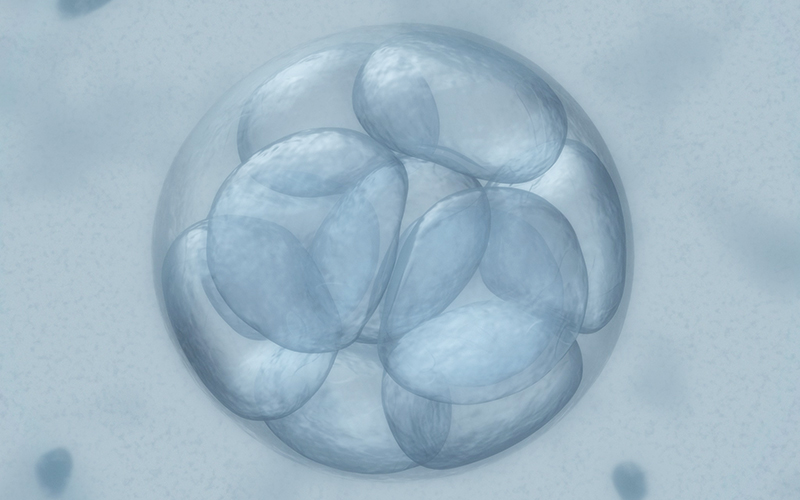Researchers have used genome-editing technology to reveal the role of a key gene in human embryos
in the first few days of development.

This is the first time that genome editing has been used to study gene function in human embryos, which could help scientists to better understand the biology of our early development.
The team used genome-editing techniques to stop a key gene from producing a protein called OCT4, which normally becomes active in the first few days of human embryo development. After the egg is fertilised, it divides until at about seven days, when it forms a ball of around 200 cells called
the blastocyst.
The study, published in Nature, found that human embryos need OCT4 to correctly form a blastocyst.
Dr Norah Fogarty from the Francis Crick Institute, first author of the study, said: “We were surprised to see just how crucial this gene is for human embryo development, but we need to continue our work to confirm its role.
“Other research methods, including studies in mice,suggested a later and more focused role for OCT4, so our results highlight the need for human embryo research.”




